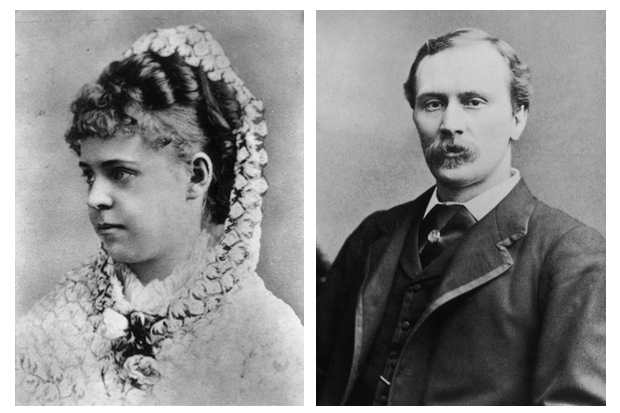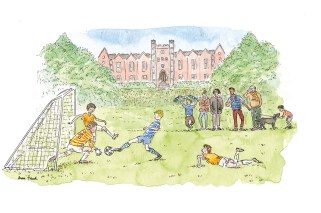Kate Colquhoun sets herself a number of significant challenges in her compelling new book, Did She Kill Him? Like Kate Summerscale before her, Colquhoun mines the rich seam of legal archives to give her readers the fascinating tale of a Victorian courtroom drama: that of Florence Maybrick, accused, in 1889, of murdering her husband.
Colquhoun achieves expertly all the things one could hope to expect in such a historical account. She paints a picture not only of a woman on trial, but of the complicated world of late 19th-century England. We get a sense of a woman’s changing place in the world, we see Liverpool society on display, we learn about the press, about science and justice and politics. But we don’t lose sight of the central story: did Florence Maybrick kill her odious husband? This is a fascinating, meticulously researched book, full of period detail. Colquhoun’s success in weaving together a series of complex topics is no mean feat and an even greater achievement is to have presented them clearly and simply. It is greatly to her credit that Did She Kill Him? — a history — should be judged as a novel would be. And it is in her narrative approach that Colquhoun sets herself her greatest challenge: that of managing the suspense of a compelling crime novel.
Agatha Christie might have been able to pull it off, but as a general rule the authors of whodunnits tend not to make their protagonist the chief suspect. It is far simpler to have an outsider — a Poirot or Holmes — describing, analysing and deducing. Colquhoun defies that rule; Florence Maybrick — young, American and beautiful — is the prime suspect as well as the heroine of Did She Kill Him?
In any murder mystery, this would make it difficult for the reader to know how far to trust the narrator. That is certainly the case in this book: did Florence really place a bottle (possibly containing poison) at her husband’s bedside? Should we believe it when we are told she was ‘maddened by the doctor’s inability to make any difference’? Doubt about Florence’s actions and intentions makes it hard to visualise some scenes. Yet for the most part, Colquhoun rises to the challenge. The opening scene, a flash forward to the moment Florence rises in court to receive her judgment, is as gripping a start to a book as any I have read.
If the ingredients of a good novel are style, plot and character, then Colquhoun has the first two in abundance. However, her decision to keep the reader in suspense as to the outcome of the trial forces her to sacrifice something of characterisation to plot. It is hard to keep a hold of Florence’s personality when she is recreated largely from the defence and prosecution portraits put forward at her trial and afterwards. And we get too much detail on the precise ins and outs of the trial. Despite this, the book is both dramatic and moving.
It is the specificity of Colquhoun’s descriptions that lends the book its novelistic flavour. She is particularly good (and occasionally gruesome) on the details of 19th-century medicine and science. Her narration of history, however, is that blend of fact and fiction which polarises opinion. She tells us what her subjects feel and see, knowing that some of these facts are true, some imagined and some half way between. To a pedantically-minded reader like myself this is unsatisfactory. How, for instance, does Colquhoun know that, in the act of writing, Florence’s ‘pen hovered for a moment above the letter while she considered’, or that she ‘had much to think about that morning as she sat, distractedly, watching the snow settle’. Where the author quotes directly from a contemporary source, the words are italicised, and there are substantial chapter notes providing references for many — though not all — of the details.
But I recognise this quibble to be a minority view; for it is true that a heavily footnoted page slows the flow of a story, and, as Colquhoun herself points out in the preface ‘the reconstruction of history inevitably remains to some extent a work of imagination’. That is certainly true and Did She Kill Him? is an impressive blend of imagination and research — even if one cannot tell, sometimes, where one ends and the other begins.






Comments